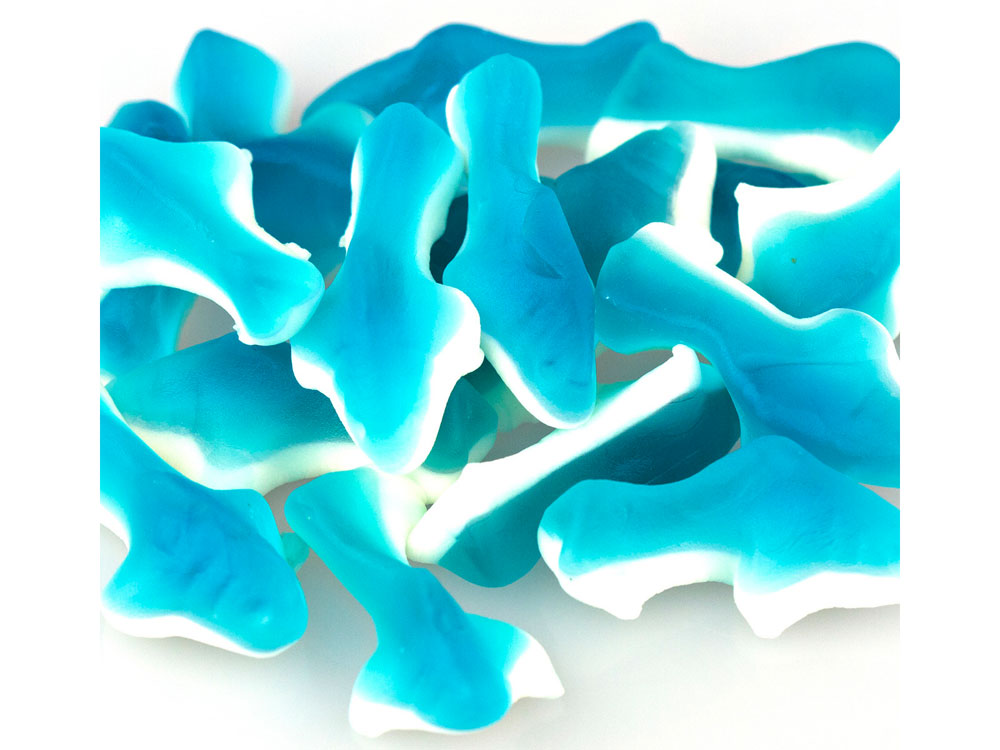Hello ladies and gents this is the viking telling you that today we are talking about well before we begin we have a sponsor which is a brand-new book you can buy on Amazon which i highly recommend its a murder mystery book done by a close friend of mine who you will love to read so click here
GUMMY SHARKS
Appearance
This species is a slender shark with a darker grey top with white spots and a slivery-white underbelly.The gummy shark gets its name from its flat, plate-like teeth which it uses to crush its shelled and non-shelled prey. Male gummy sharks can reach a maximum length of 157 cm, and females can reach up to 175 cm. The minimum size of a grown male or female is 45 cm. At birth, these sharks measure between 30 and 35 cm. Said measurements are taken from the rear-most gill slit to the base of the tail fin.
Hunting and Habitat
The gummy shark feeds on crustaceans, marine worms, small fish, and cephalopods such as octopus, squid and cuttlefish. It uses its plate-like teeth to help it crush the shells and bodies of its prey for easier consumption. The gummy shark remains on or near the sea beds, and their travel patterns vary on age. Juvenile gummy sharks will travel less than full grown species. The females tend to travel longer ranges compared to males.Gummy sharks are primarily found to live in sandy areas and will come closer to shores during the night in search of prey.
Geography
The gummy shark is primarily found living on the southern coast of Australia around Bunbury including but not limited to the island of Tasmania and Bass Straight. Gummy sharks are also found in coastal areas of the Pacific ocean such as Japan, as well as coastal areas of the Indian ocean.
Reproductive tendencies
Gummy sharks are found to be mostly bottom dwellers in the waters around southern Australia, from Shark Bay in Western Australia to Port Stephens in New South Wales, from the surface down to a depth of 350 metres in moderate-temperature water. The reproduction of the single-sex school gummy sharks is ovoviviparous.
Ovoviviparous organisms are those who produce young via egg which are then hatched inside of the parents' bodies. A common example of an ovoviviparous animal is a seahorse. Gummy sharks have an ovulation and mating period that lasts about three months from November-Frebruary. The gestation period in this species is between eleven to twelve months.
The embryos can get to be thirty to thirty-six centimeter total in length. Pregnant gummy sharks will rely on inshore nursery areas such as a bay or sheltered space close to shore to have her pups. Females can have up to 57 pups per litter and are ready to do so by the age of five.
The average number of pups per litter birthed by the female Mustelus antarcticus is 14 but can have up to 57. The sex ratio in the embryos is 1:1. Male sharks are ready to reproduce by the age of four. The typical generation length for the gummy shark is 10 years and have an average life expectancy of 16 years.
And as always have a chilled day from the Viking

Comments
Post a Comment